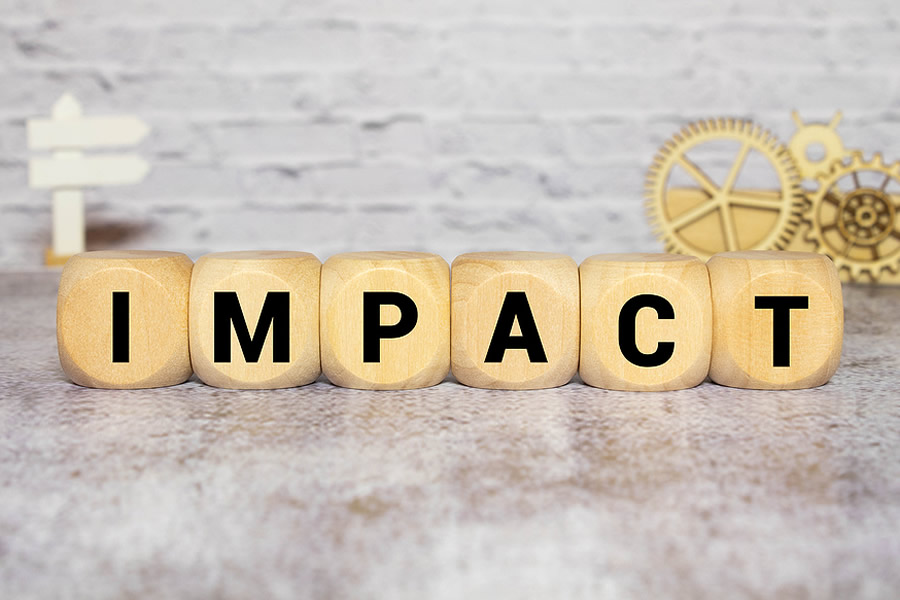
Although our sector focuses on impact, I’m not sure we’re very good at communicating that impact, or for that matter, the case for support. In other words:
- Why should someone give to your organization?
- What difference will it truly make?
- And if the impact takes months or years, do you track it? And how will your donors know?
These questions may not have easy answers. But don’t ignore them and simply hope for the best.
Consider engaging board members and donors to help you come up with their answers — as well as coming up with solutions for communicating (and measuring) impact.
3 Questions to Communicate Impact to Your Donors
Take a few moments to ask yourself the following three questions:
- What impact is your organization making? Are you changing the world?
- Do your donors know what kind of impact you’re making? And how do you know whether they know?
- Do they understand how their contributions affect your outcomes?
Communicating Impact to Your Donors is Essential
I heard a a speaker talk about how donors are increasingly more interested in the impact they are having on the world, and how we as fundraisers, must learn to engage donors in a more meaningful way.
We know that donors of today are looking to achieve exponentially greater impact. It falls on us to figure out how to leverage them to do so. And, once you have successfully engaged someone with your organization, you need to have a strategy to keep them. As a sector, we’re not doing a good enough job of communicating the amount of impact that one donor can have.
Different Communication Strategies for Different Groups
You won’t be able to communicate to all donors in the same ways. The way you communicate and level of detail you provide to a $10 donor will be different from a $10,000 donor, or even a $100,000 donor. Take time to consider the different communication strategies for each category of donors.
One way to think about slicing and segmenting is based on how you asked. If you asked for a gift in-person, you’ll want to communicate impact in the same way. Same goes for gifts solicited and given online. Those donors are more likely to respond to email communications. However, if someone gives a larger gift online, it’s probably time to reach out personally.
A Multi-Decade Plan to Engage Long-Term Donors
As life expectancy increases, bequests and other forms of planned gifts have become increasingly important to our efforts. People who fear outliving their resources may be more hesitant to make generous gifts during their lifetime.
Your development efforts may require a multi-decade plan to attract, keep, and engage donors over long periods of time. Often times, many years longer than you will be at an organization.
I’m interested in your thoughts regarding donor impact and generational fundraising. Please share them in the comments below.

Leave a Comment